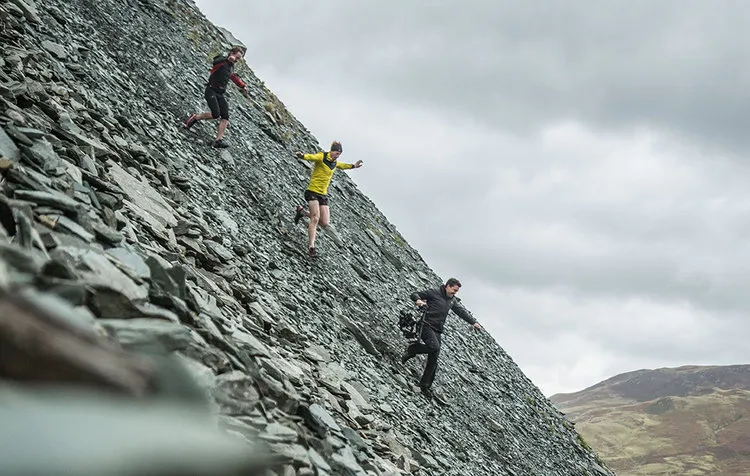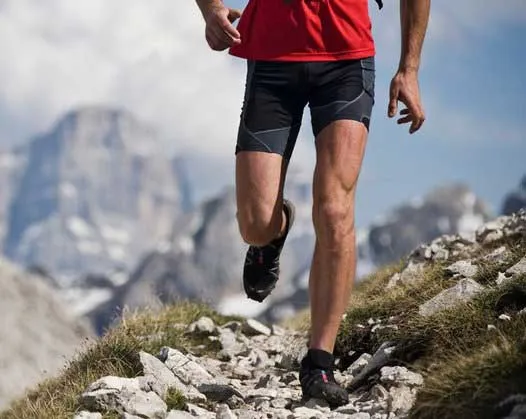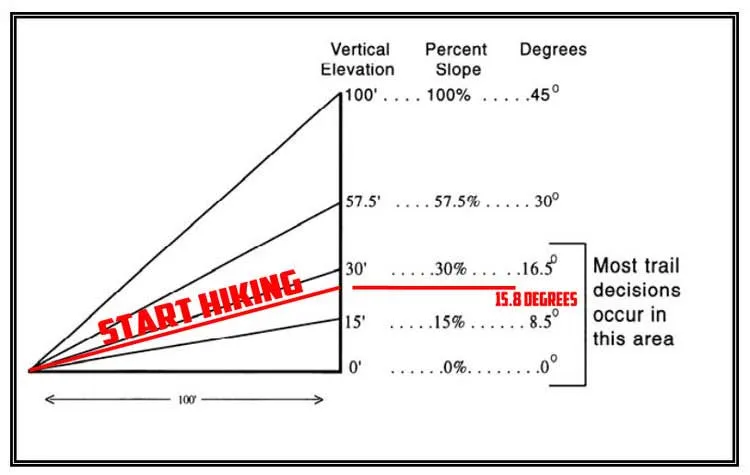8 TIPS FOR RUNNING OFF-TRAIL
Some trail runners are perfectly satisfied with sticking to single-track and dirt roads, but some of us are drawn to the remote wilderness. The next level of trail running is basically running anywhere you want. Is there a mountain you want to summit that doesn’t have a trail? A cool ridge line that you want to traverse? A secluded lake you want to explore? Just because there isn’t a road or trail that leads there, doesn’t mean you can’t go.
Going off-trail can be very rewarding, but can be very different than traditional running on maintained trails. There is a risk-benefit ratio with every off-trail adventure and you must use your own discretion when choosing to leave the beaten path. Below are some tips if you’re new to this concept, so that you can have a fun, successful, and safe off-trail adventure run.
PREPARE FOR UNEVEN TERRAIN

Have you ever tried running over scree and talus? Scree and talus are masses of broken rock fragments along the slope of a mountain. This type of terrain is very hard to run over due to the constant sliding and tipping of irregular shaped rocks and lack of flat-ground to land on. The ankles are highly challenged in this situation. One wrong turn of the ankle, and you might need an organized rescue due to a broken leg or foot.
Single-leg balance exercises are very effective at strengthening the muscles that stabilize the ankle. Try hopping on one leg, aiming to land as softly as you can on that same leg. Once you’ve got that down, start hopping faster, but just as controlled, hopping slightly to each side, front and back. Try brushing your teeth on one foot, watching commercials on one foot, or even cooking. Single-leg exercises also strengthen the hip stabilizers, so you will likely feel burning here too; that’s okay though, because most runners need to strengthen their hips too, and the hips can be valuable drivers for stable ankles as well.
START STRENGTHENING YOUR LEGS

Off-trail terrain can vary greatly and is obviously not constrained by the “standards of trail construction” that trail-builders use to make safe pathways through the wilderness. You can experience very steep and sustained terrain depending on where you are heading. Steeper terrain strains different muscles, and in different ways. If these muscles are not strong, it can lead to injury, from overuse or even trauma.
A simple start to a runner-specific strengthening program are lunges and single-leg squats. These exercises stress the lower extremity muscles in a similar fashion to running and power-hiking. Try multi-directional lunges, starting with about 5 reps each direction (per leg) and progressing to 10 reps each as you get stronger. Single-leg squats can be difficult but are one of the most beneficial exercises for runners. Start your squats over a higher sitting surface, and gradually lower the sitting surface as you get stronger. Remember to do all strengthening exercises in a slow and controlled manner, emphasizing quality of movement, over quantity.
KNOW WHEN TO HIKE VS. RUN

One of the hardest skills to develop as a trail runner is learning when to run and when to hike. Until we start running on steep trails, most people don’t think to walk purposefully unless we’re tired or resting. The truth is that hiking can be more advantageous if the slope is steeper, and yes, even elite mountain runners hike. A study that was published in 2016 in the Journal of Applied Physiology found hiking to be more ergonomic when the slope was more than 15.8 degrees. It is assumed that for longer distance runs and races, the angle at which you start to hike should be lower to preserve even more energy.

